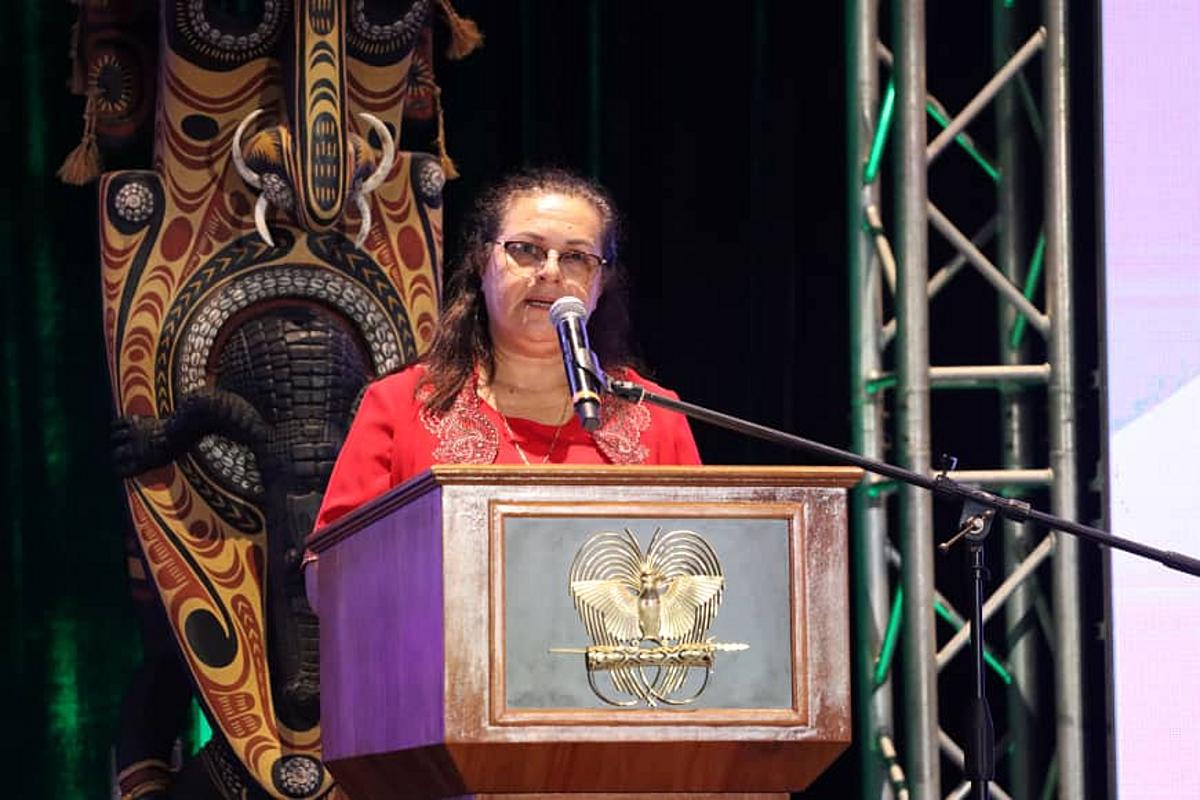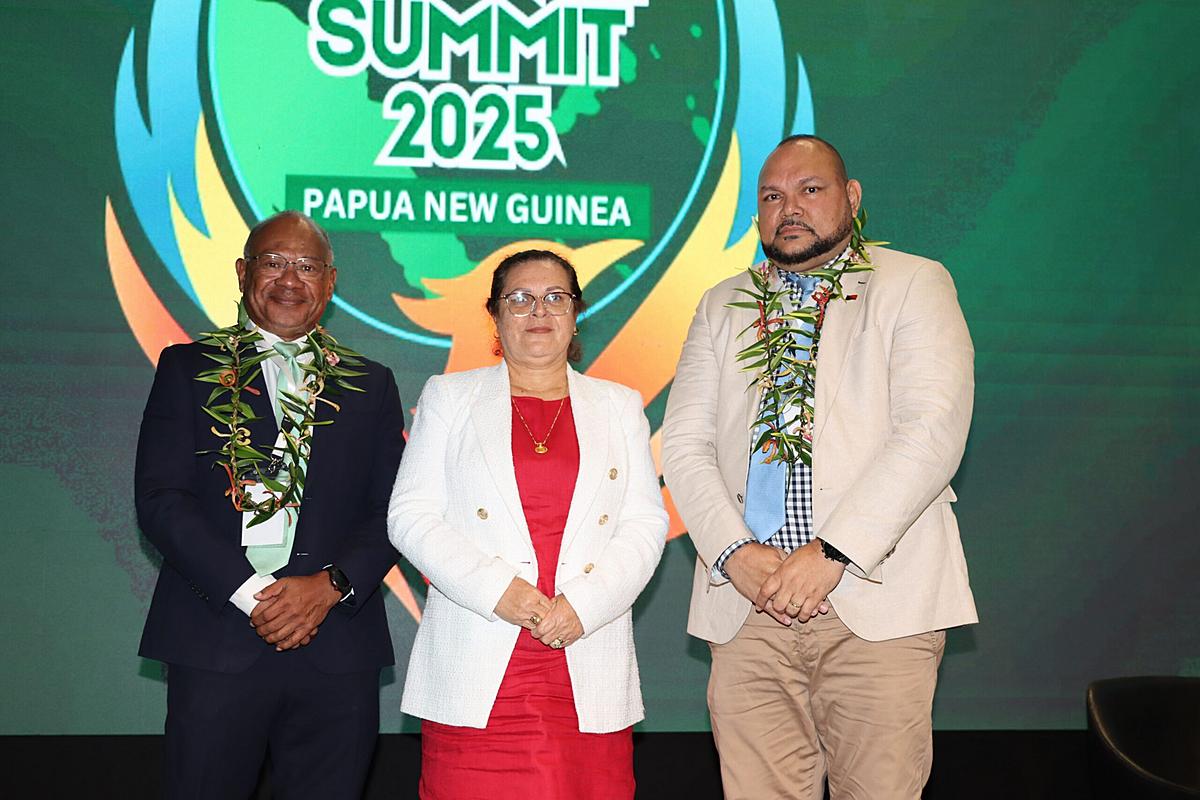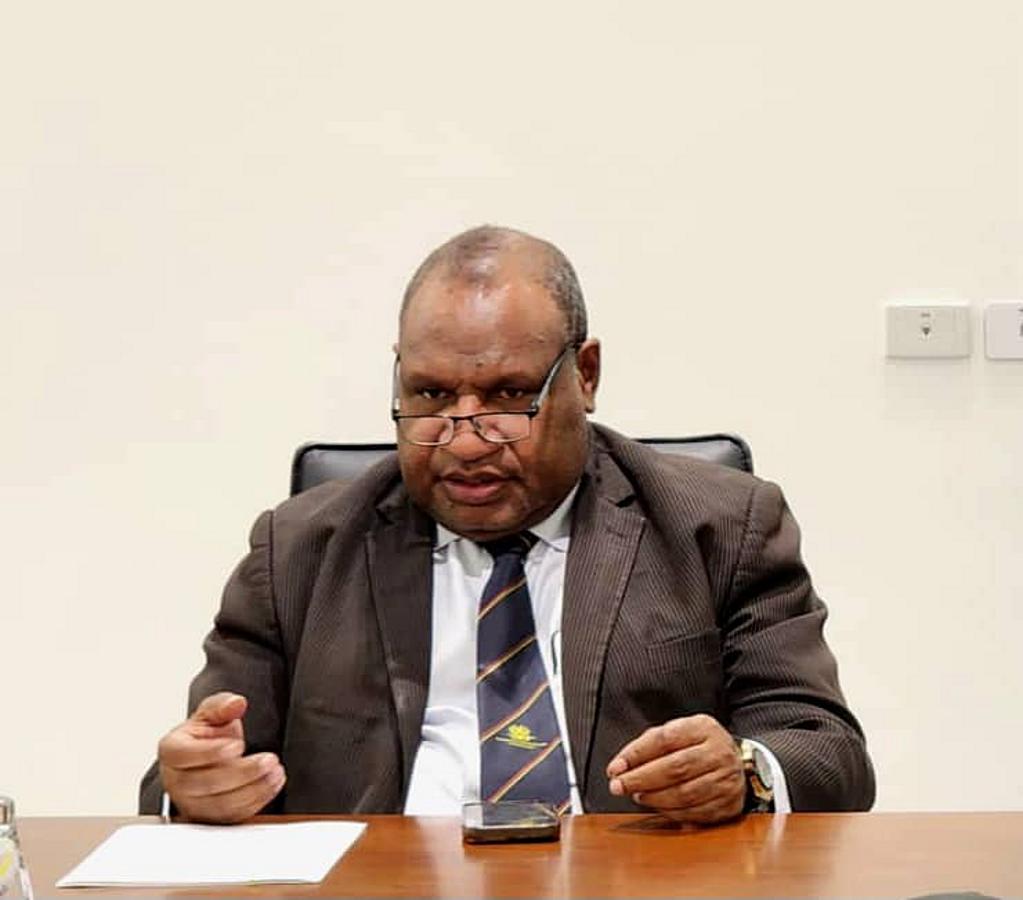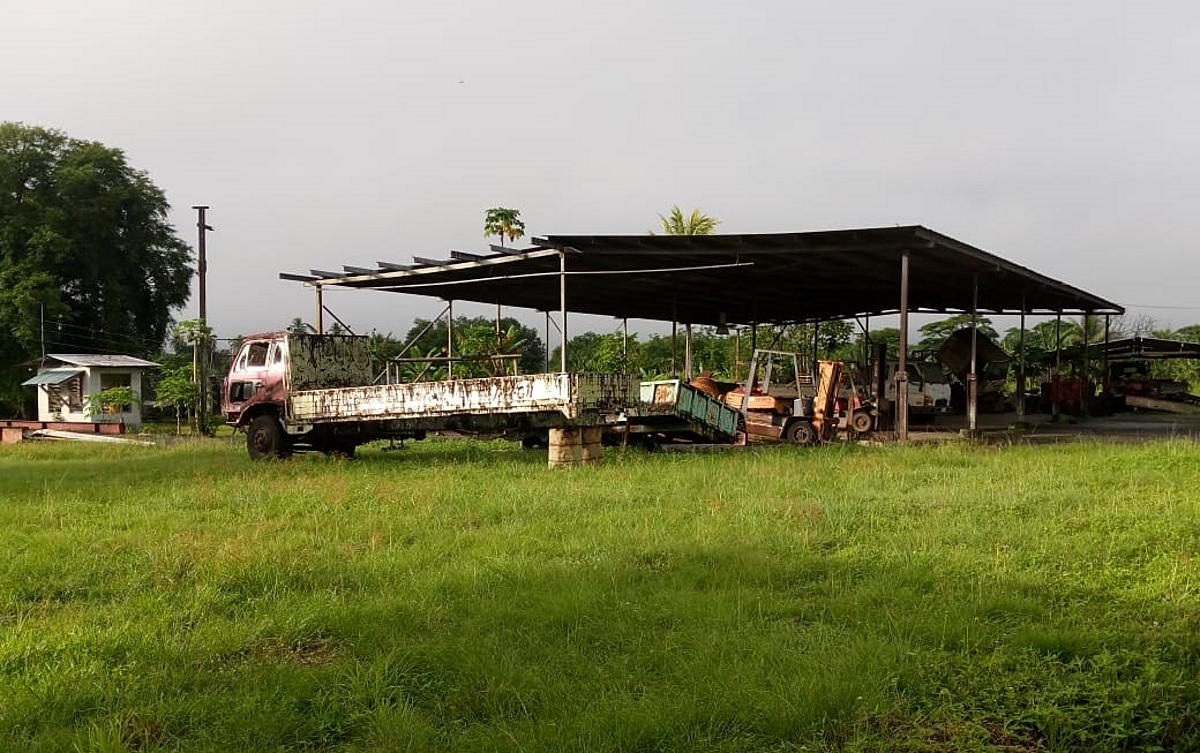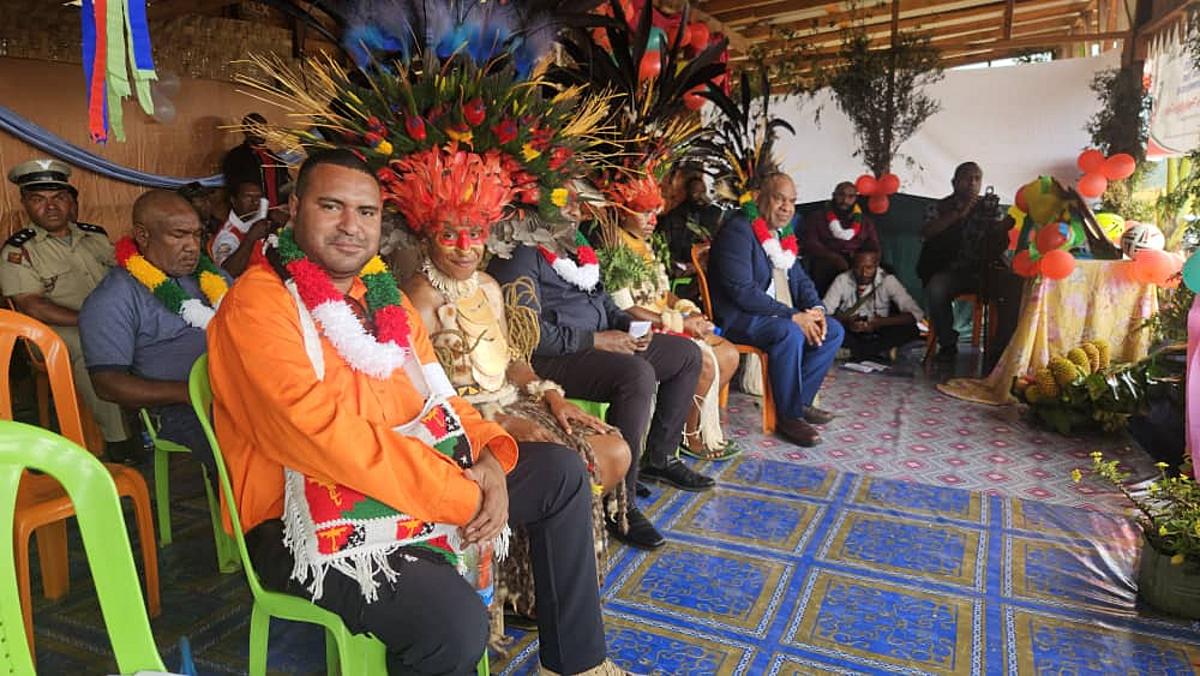Photo credit: Pixabay
The amount of gross foreign exchange reserves at the end of June this year, according to acting Bank of Papua New Guinea governor Benny Popoitai, was US$3.2 billion (about K11.6 billion).
At the end of December of last year, there were US$3.2 billion (about K11.3 billion) available.
In the bank's March 2022 Quarterly Economic Bulletin, Popoitai stated that this was enough to fund non-mineral imports for 16.3 months.
Gross foreign exchange reserves climbed to US$3.3 billion (approximately K11.6 billion) as of September 30 as a result of high mineral and petroleum taxes, mostly owing to tax collections from liquefied natural gas (LNG).
“The outbreak of the Russia-Ukraine war in February started to impact the global economy and raised concerns of a slowdown,” Popoitai said. The supply disruptions on oil and gas, and food (wheat) have resulted in high international commodity prices and inflation, hence affecting domestic prices and activity.
“The higher prices and production of export commodities have resulted in a significant increase in export receipts and a higher surplus in the current account balance.
“The exchange rate remained stable against the US dollar but appreciated against other major currencies.
“Data from the Bank’s business liaison survey show that the total nominal value of sales in the formal private sector increased by 7.6 per cent in the March quarter of 2022, compared to an increase of 19.1 per cent in the December quarter of 2021.
“The weighted average kina price of Papua New Guinea’s exports, excluding LNG, increased by 38.9 percent in the March quarter of 2022, from the corresponding quarter of 2021 reflecting higher international commodity prices.
“There was an increase of 17.7 percent in the weighted average kina price of mineral exports, accounted for by higher kina prices of all mineral commodities, except copper.”
Reference: The National (13 October 2022). “Foreign reserves at K11.6 billion, says Bank of PNG governor”.


